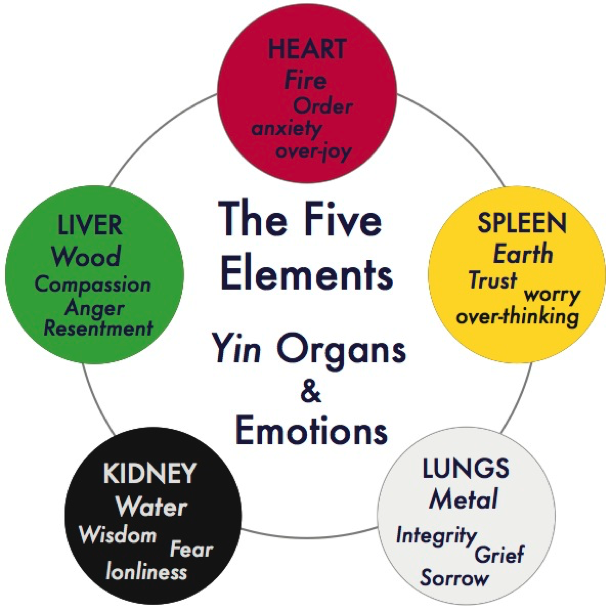This weekend I got to attend a symposium for rising practitioners organized by Mobius Executive Leadership in Newton, Mass. It was so cool just to be in a room with other young coaches for two days, and especially coaches who approach the work in pretty different ways. Everyone there was equally committed to facilitating social change, on an individual and global level, and doing it in the most playful way possible. It was a refreshing reminder that personal development doesn't have to be "work."
I most appreciated the emphasis on physical movement and connecting from a centered place that seemed to be a guiding principle throughout the weekend. Nearly everything we did either started with a movement exercise and/or taking a moment to get grounded and turn inward. On the second day, for example, we started the day with some contact improv, which was followed by a song, meditation, and a visualization exercise. Then we had short dance parties between each afternoon session. It felt so good!
I often feel way too tied to my computer, too static, and it was such a treat to move and use my body as much, or maybe even more than, my brain. That helped me see that I want to organize my life around movement instead of the other way around. I am also going to do more in-person sessions with clients so we can walk, move, dance, etc. as it feels right. One of the symposium’s organizers, Yotam Schachter, shared with me that this embodied approach to coaching and facilitation is growing in popularity and will soon be as hip as mindfulness has been in recent years. If that’s what the future of this work looks like, full of movement, play, and centering, I’m super into it.
“Embodied coaching” is defined here as “concerned with posture, movement, breathing, intention, and awareness.” It also considers emotions to have geography in the body, which psychologists and trauma specialists have understood for a long time and which has led to the rise of somatic practices in counseling, psychology, and elsewhere, I have not seen this as much in the coaching space.
There are several embodied coaching approaches though, and I’m excited to see them used more widely, especially in corporate settings. I personally look forward to integrating somatics and ontology in a deeper way in my work. It just makes sense. In ontological coaching, we are always encouraging observation. That generally means observation of thoughts and the quality of your energy, but why not also foster greater body awareness at the same time?
I had the opportunity to be on the receiving end of a very somatic experience with Ishita Sharma of Come to Center this weekend. Ishita is emphatic about not being a coach, so I won’t call it a coaching session, but the session, whatever it was, was both the most playful and profound I have experienced with any healer or coach.
At one point I was talking about the sadness I was experiencing and Ishita encouraged me to fully experience it in my body, through all five senses. I won’t go into all the details but I ended up feeling and resolving some pretty significant physical pain, I cried, I sang, I did wheel pose, I lied on the ground in savansa, and I got a kiss on the cheek at the end, which I opted into. I also saw so clearly something that I’d been missing in my quest to really love myself, which was fully embracing my pain, physical and emotional, and expressing gratitude for it. It’s so obvious to me now that part of the reason I’ve been struggling in the last couple months is that I wasn’t embracing my wholeness. I was fighting and questioning parts of myself instead of inviting them in and loving them. We can’t compartmentalize ourselves and expect to heal. We can only heal fully and we do that by loving and fully experiencing all of ourselves – the good, the bad, and the painful. I know this, and I tell others all the time, but I haven’t been doing it for myself. And even though I've been writing and sharing gratitudes daily for a couple years, I haven't once expressed gratitude for the physical pain that's been most present and persistent. Seeing that was a huge breakthrough for me.
I’d already started playing with a more embodied approach to coaching before this weekend and now I’m super pumped to integrate what I learned and bring even more body awareness and play into my practice. If you’re interested in being my guinea pig, send me a note and we’ll set something up. :)



































